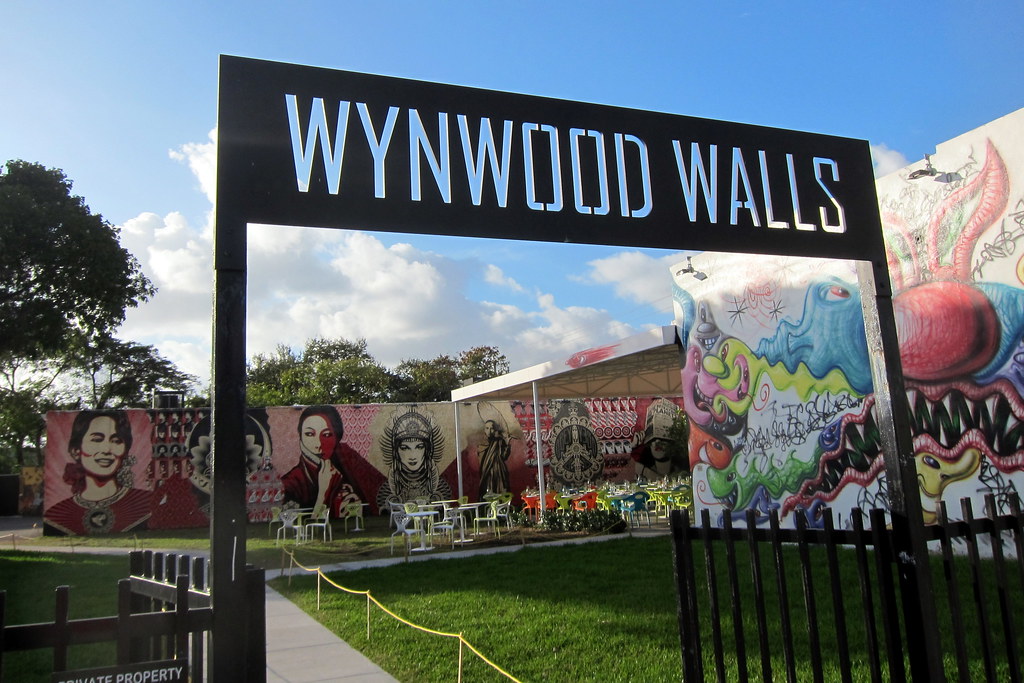Miami, FL, USA

Here is a brief history of Miami:
• Miami was originally inhabited by the Tequesta Indians. The first European explorers arrived in the early 1500s.
• Miami became a U.S. territory in 1821 after the Spanish ceded Florida to the U.S. In the late 1800s, Henry Flagler built railways and bridges that connected Miami to the rest of Florida and spurred its economic development.
• Miami grew quickly in the early 20th century as a resort town, attracting wealthy visitors to its beaches. In the 1920s, during Prohibition, Miami became a popular destination for people seeking alcohol and nightlife.
• During World War II, Miami’s airport and port grew rapidly, helping to diversify its economy. After the war, many Latin American exiles fled to Miami, shaping its culture.
• In the 1960s, tens of thousands of Cubans fled Cuba and landed in Miami after Fidel Castro’s revolution. This led to a huge boom in Miami’s population and economy.
• In recent decades, Miami has become a global city with a diverse, cosmopolitan population. It is a center for international business, trade, finance, technology, entertainment, culture, art, fashion, and music.
• Miami is a strategic seaport and a major cruise line port, as well as the busiest airport in Florida and the busiest passenger airline gateway between Latin America and the United States. Tourism and trade are major industries driving its economy.
Here are some of the most popular tourist attractions in Miami:
South Beach: Miami Beach‘s popular beach lined with beachside hotels, restaurants, and clubs. Cost: Free admission. Hours: Open 24 hours. Address: E 1st Ave, Miami Beach, FL 33139. Phone: 305-442-4646. Website: miamibeachfl.gov
Little Havana: Immigrant neighborhood featuring cigar factories, Domino Park, and Calle Ocho. Cost: Free admission. Hours: N/A. Address: Southwest 8th Street between SW 13th Avenue and SW 17th Avenue, Miami, FL 33135.
Vizcaya Museum and Gardens: National Historic Landmark with European-style villas and manicured gardens. Cost: Admission tickets required, $15 adults. Hours: Tuesday-Sunday 9:30am-4:30pm. Address: 3251 S Miami Ave, Miami, FL 33129. Phone: 305-250-9133. Website: https://vizcaya.org/
Miami Seaquarium: Massive marine park home to manatees, dolphins, sea turtles, penguins, sharks, and more. Cost: Admission tickets required, $110 adults. Hours: Daily 9:30am-6pm. Address: 4400 Rickenbacker Causeway, Miami, FL 33140. Phone: 305-361-5705. Website: miamiseaquarium.com
Wynwood Walls: Outdoor art exhibit with giant, colorful murals covering the sides of warehouses. Cost: Free admission. Hours: 7 days a week, 10am-6pm. Address: 231 NW 23rd St, Miami, FL 33127. Phone: 305-573-0380. Website: wynwoodwalls.com
Jungle Island: Zoological park home to tropical rainforests, birds, reptiles, and monkeys. Cost: Admission tickets required, $33-92 adults. Hours: Tuesday-Sunday 10am-5pm. Address: 1111 Parrot Jungle Trail, Miami, FL 33132. Phone: 305-400-7001. Website: http://jungleisland.com
**Everglades National Park** The largest subtropical wilderness in the US with airboat rides, swampy hikes and chance to see alligators and crocodiles. 2 hours S, 65 miles: Entry fee applies: . 4701 East Sunrise Blvd, Homestead, FL 33030. Website: https://www.nps.gov/ever/index.htm
**Bayside Marketplace and Bayfront Park** Outdoor marketplace with shops, restaurants, artisans and farmers market surrounded by walking paths and playground. 40 minutes E, 22 miles: Free admission: 401 Biscayne Blvd, Miami, FL 33132. Phone: 305-576-9357. Website: https://baysidemiami.market/
Here are the main types of transportation in Miami:
•Miami Metrobus: Miami‘s bus system covers most of the city and county. Fares range from $2.25 to $5 depending on the zone. Website: https://miamidade.gov/transit/
•Metrorail – Miami’s elevated rail system with 23 stations across 20 miles. Fares range from $2 to $5. Website: https://www.miamidade.gov/global/transportation/metrorail.pagehttps://www.mdtransit.com/metrorail
•Miami TROLLEY: Free downtown circulator trolley with 3 routes covering downtown Miami and Brickell. Website: https://www.miamidade.gov/transit/trolley.asp
•Miami Taxis: Taxis charge an initial fare of $3.40, then $2.60 per 1/5 mile. Average taxi ride cost is $10-15. Website: https://taxidrivery.com/taxicompanies/fl/miami/
•Ridesharing: Services like Uber, Lyft, and Via charge $0.15-$0.35 per minute and $2.30-$3 per mile. Fares are often a bit cheaper than taxis. Uber: https://www.uber.com/us/en, Lyft: https://www.lyft.com/rider
•Helicopters For scenic tours and airport transfers. Helicopter tours start around $165-300 per person for 30-45 minutes. Airport transfers cost $150-500 depending on your destination. Website: https://www.miamiheli.com/
•Sea Taxis: For water transit from South Beach and Fisher Island to downtown Miami. Fares are $18 each way. Website: https://www.miamiseatransit.com/
The major airports near Miami are:
Miami International Airport (MIA) Website: http://www.miami-airport.com
Metrorail: The nearest Metrorail station is Coconut Grove which is 2.5 miles from MIA. fare: $2.
Shuttle: Miami Airport Express shuttle provides direct service to MIA from downtown Miami and South Beach. Time: 30-45 mins depending on traffic. Distance: Approx. 15 miles. Cost: $16 one-way, $28 round-trip. Website: https://www.airport-mia.com/miami-beach-airport-express.php
Car share: Zipcar: Time: 30-45 mins. Distance: Approx. 15 miles. Cost: $14–25/hour depending on vehicle type. Website: http://www.zipcar.com
Taxi: Time: 30-45 mins depending on traffic. Distance: Approx. 15 miles. Cost: $35-55 flat fare to downtown Miami and South Beach. Website: No central website, taxis are available for hire at the airport taxi stand.
Fort Lauderdale-Hollywood International Airport (FLL) Website: www.broward.org/airport
Rideshare: Download Uber or Lyft app.
Shuttle: Airport Express provides service to downtown Fort Lauderdale and Hollywood. Time: 30 mins. Distance: 12 miles. Cost: $14 one-way, $24 round-trip. Website: https://www.supershuttle.com/locations/fortlauderdale-hollywood-fll/
or
https://go-airportshuttle.com/
The currency used in the United States is the US dollar. The US dollar is denoted by the symbol $ and the currency code USD.
US dollars paper notes include:
• $1 – One dollar
• $2 – Two dollars
• $5 – Five dollars
• $10 – Ten dollars
• $20 – Twenty dollars
• $50 – Fifty dollars • $100 – One hundred dollars
Coins come in:
- $0.01 (penny),
- $0.05 (nickel),
- $0.10 (dime),
- $0.25 (quarter),
- $0.50 (half–dollar) and
- $1 (dollar) denominations.
Miami has a tropical monsoon climate, with hot, humid summers and short, mild winters. Here are some key facts about Miami‘s climate:
• Summer high temperatures average in the low 90s Fahrenheit or °F (°C) with high humidity, making it feel hot and oppressive.
• Winters are warm, with average highs in the mid to upper 70s F (25 C) and lows in the mid to upper 60s (19 C).
• Miami gets a lot of rainfall, especially in the summer. The summer rainy season is from May to October.
• Hurricane threats are highest from August to October, during the Atlantic hurricane season. Miami has been impacted by many hurricanes over the years.




